Fender American Professional Classic models are the pinnacle of the guitar maker’s craft
We visit Fender’s California factory to see the latest American Professional Classic models take shape
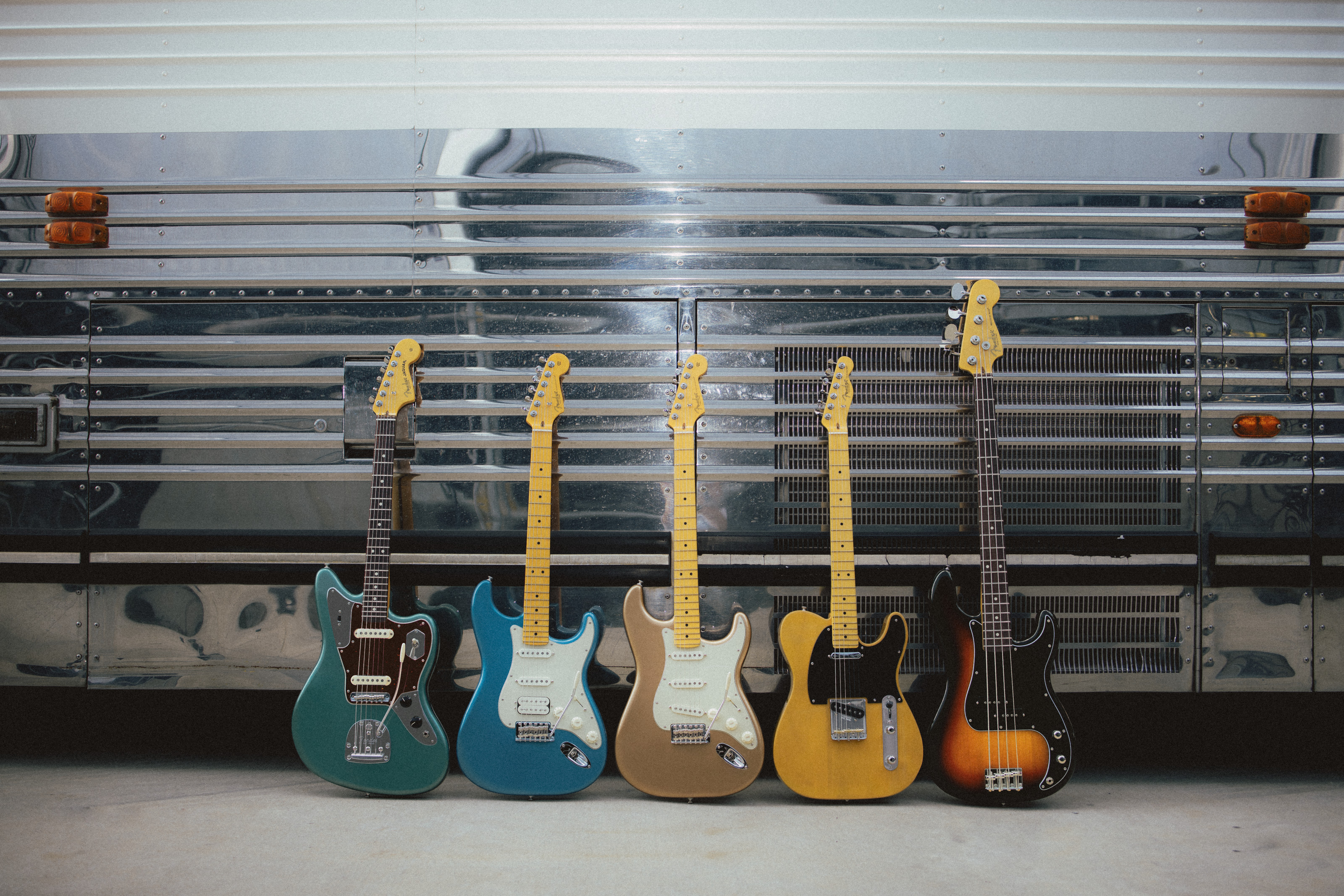
In the Fender guitar factory in Corona, California, beneath the gaze of the game-changing riff-masters (Jimi Hendrix, Phil Lynott, Jeff Beck) whose action-shot portraiture hangs high on the walls, the morning shift is hitting all the right notes – if those notes were the sound of whirring, sawing, sanding, buzzing, banging and clanking.
All this sweet industrial music is the sound of a hand-tooled production line, of multiple squads of dusty, visored, apron-wearing craftspeople building the 79-year-old company’s next generation of instruments: the American Professional Classic series.
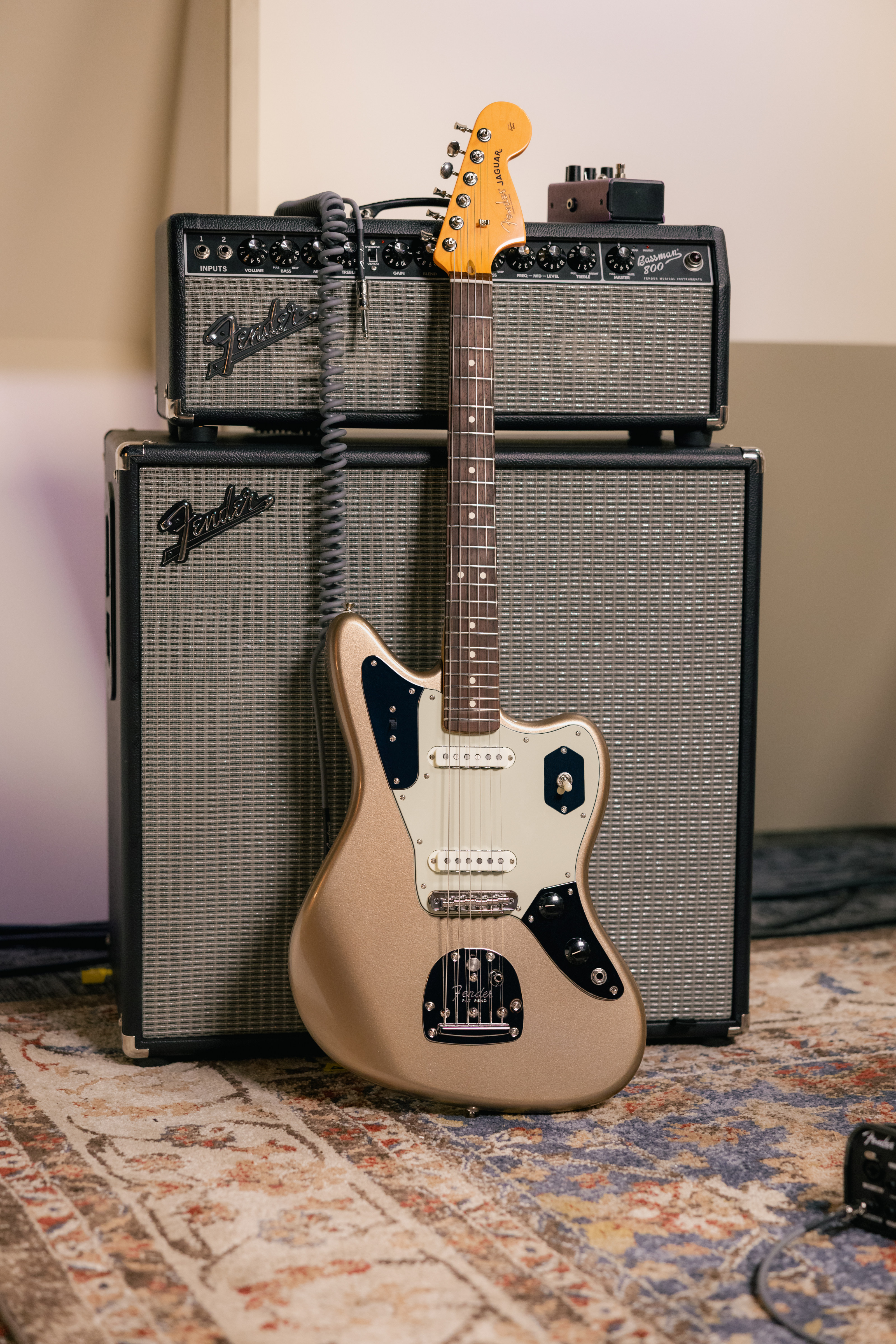
Fender Jaguar from the American Pro Classic range
‘People have this idea that when we mass-produce guitars, you throw a piece of wood in a giant machine and it spits out a guitar at the other end,’ says Allen Abbassi, director of Product Management at Fender Musical Instruments Corporation. ‘Nothing could be further from the truth. We do take advantage of modern technology with CNC machines that cut the bodies and necks initially. But there are over 150 hand processes that our operators perform on these guitars when they’re building them.’
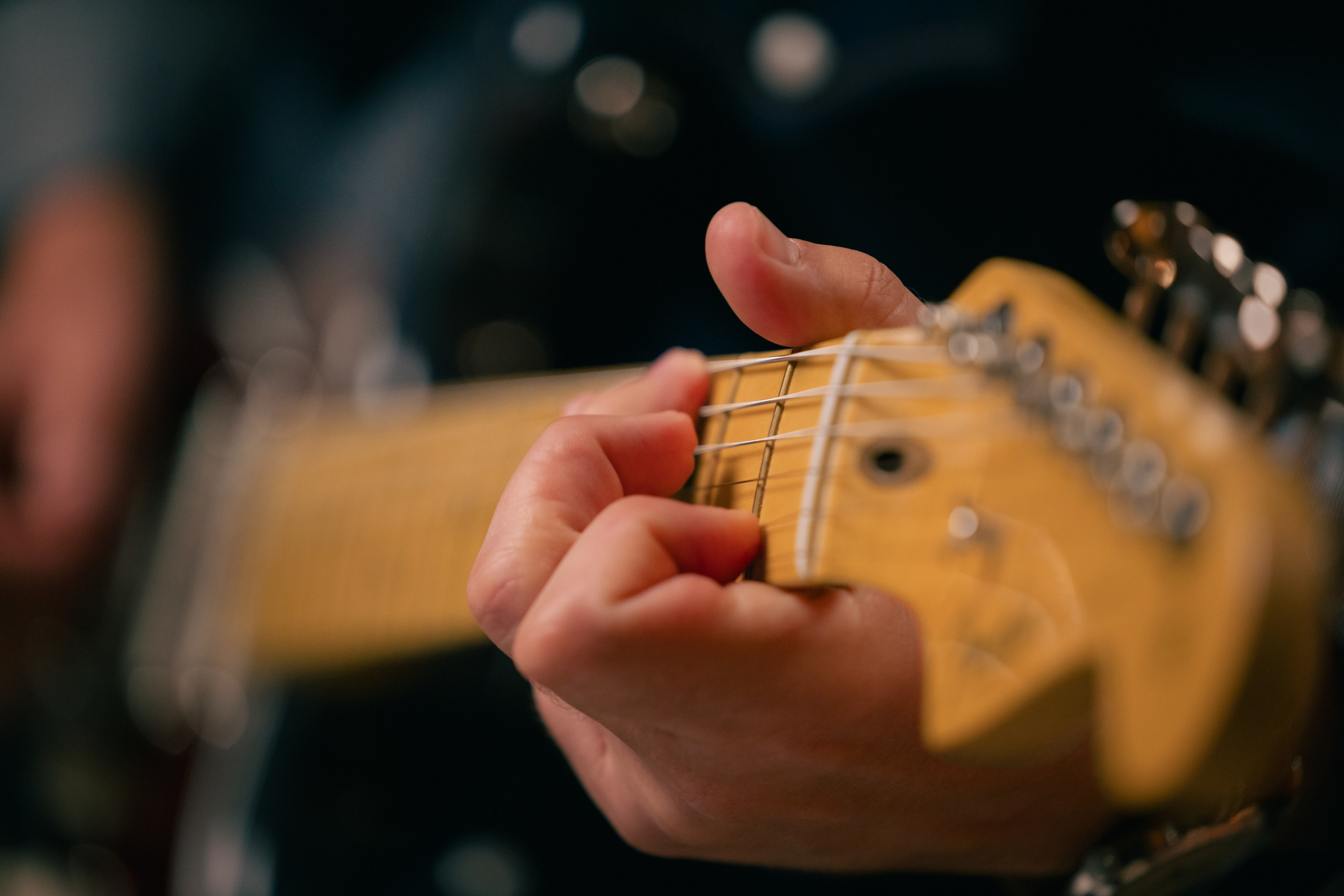
Fender
After a protective goggle-sporting tour of the Corona facility – where the action is louder than many of the gigs I’ve been to – 52 miles east of Fender’s corporate HQ in Los Angeles, I can confirm that Stratocasters, Telecasters, Jazzmasters and Jaguars are indeed built, with care and precision, from scratch over some 22 days, starting with sawmilled hunks of ash, alder and rosewood. And also what Abbassi says is true: ‘The guys in the factory [are] artisans.’
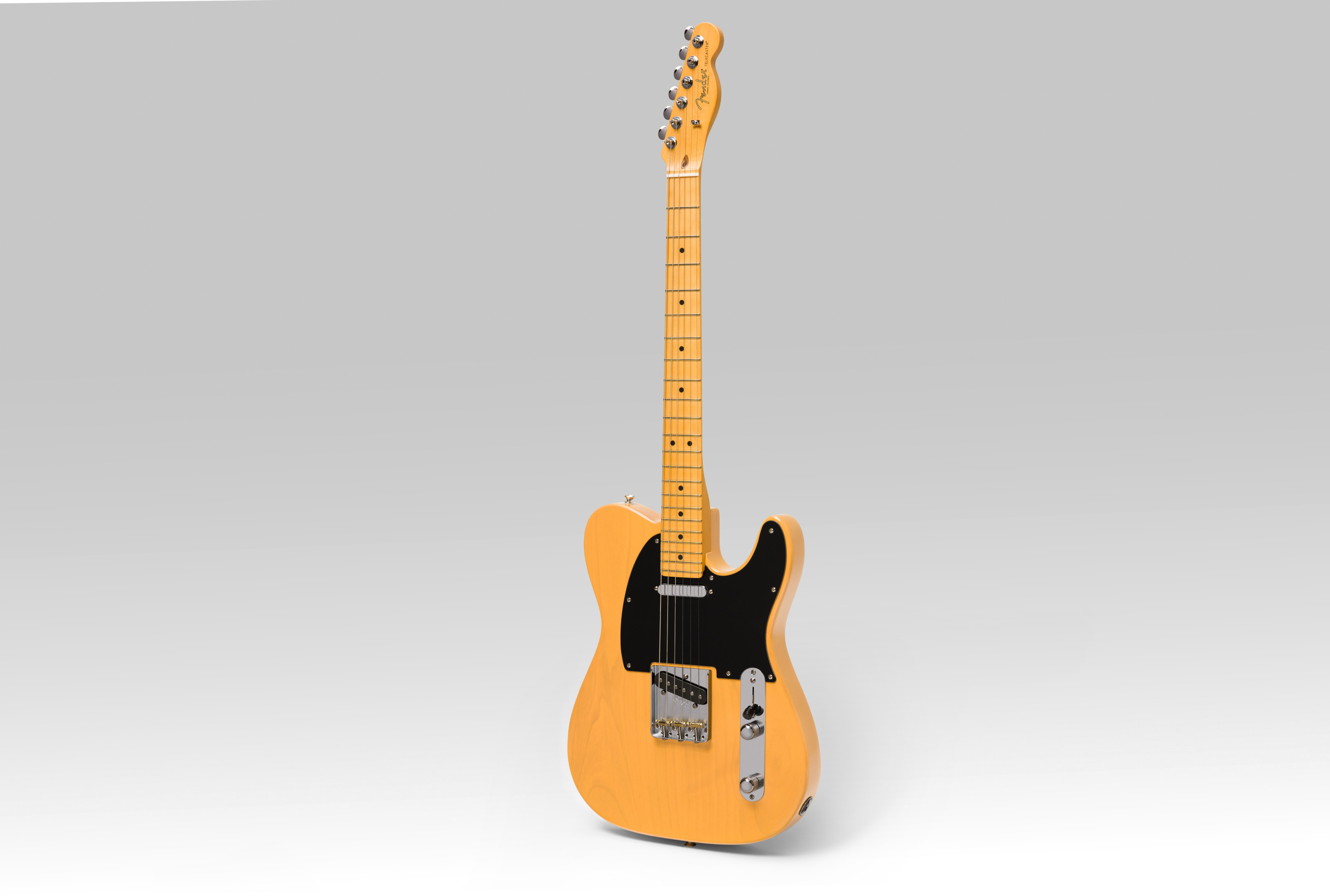
Fender Telecaster from the American Pro Classic range
Fender doesn’t just build guitars in the USA. The company’s factories in Mexico, China, Indonesia and India take care of more volume-focused models, including the Squier sub-brand, while Japan is another source of more specialist models. Corona, however, remains the motherlode, the most visible demonstration of the art and craft of modern guitar making.
‘That love, that hand care – sanding off the edges of the fretboard that makes your hand fit like your best pair of jeans – is all-important to what makes these instruments iconic’
Justin Norvell, president of Fender’s Americas division
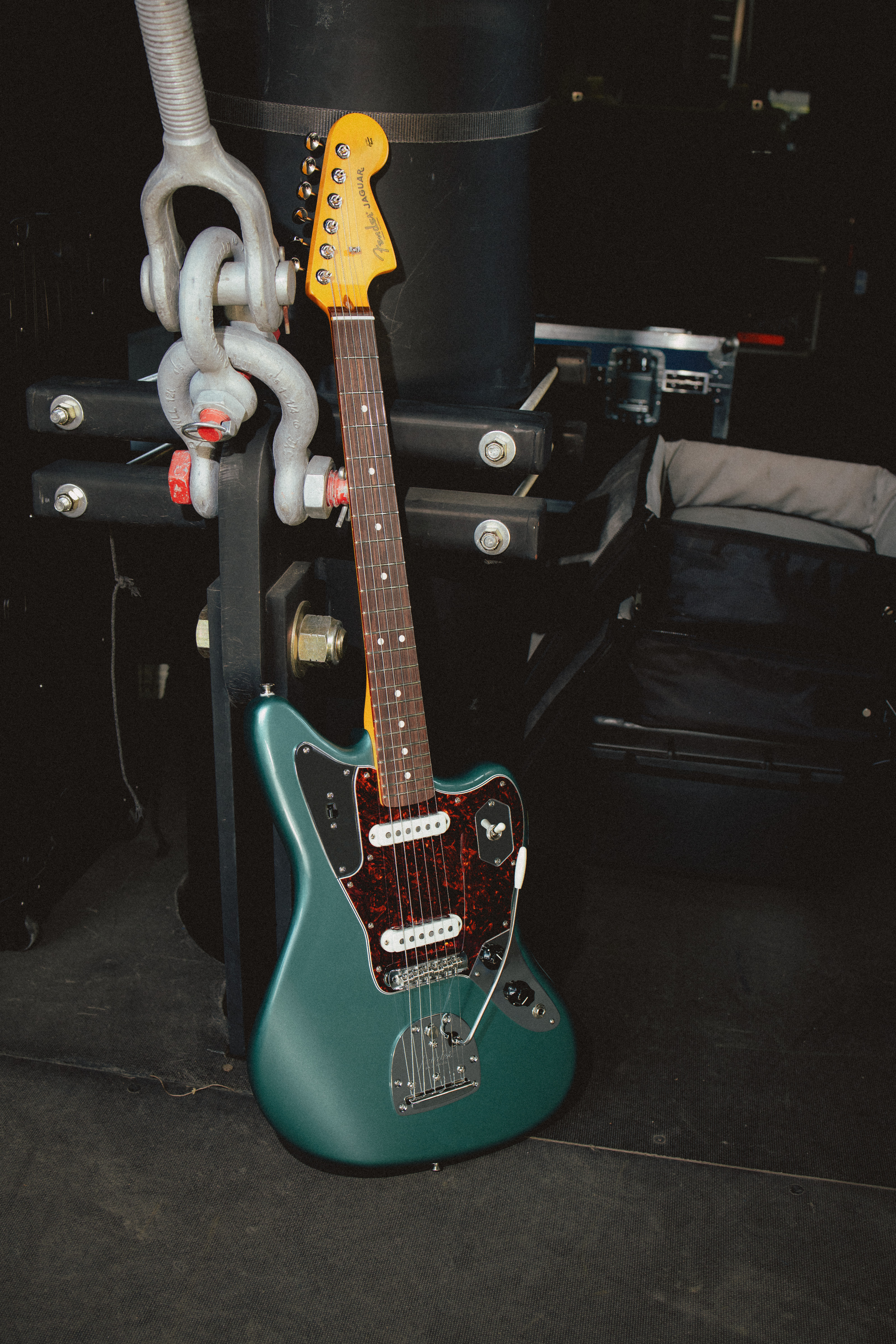
American Professional Classic Jazzmaster in Faded Sherwood Green Metallic
‘The computerisation is really just to nail the geometry and the math,’ says Justin Norvell, president of Fender’s Americas division, talking of the iconic curves and contours of the company’s foundational rock’n’roll guitars, when we meet the following day in his Hollywood office. ‘Then hands blend everything and make everything work and get everything to fit – and wake it up as a product.

Camilla Charlesworth demos the Mustang Bass from the Pro American Classic range
‘It’s not just the ingredients coming together,’ this tattooed C-suite rock stan continues. ‘It’s a system, and it’s the way that we put it together. If I make a meal next to a master chef out of the same recipe, mine’s not gonna be as good as theirs. So that love, that hand care – sanding off the edges of the fretboard that makes your hand fit like your best pair of jeans – is all-important to what makes these instruments iconic.’
Receive our daily digest of inspiration, escapism and design stories from around the world direct to your inbox.
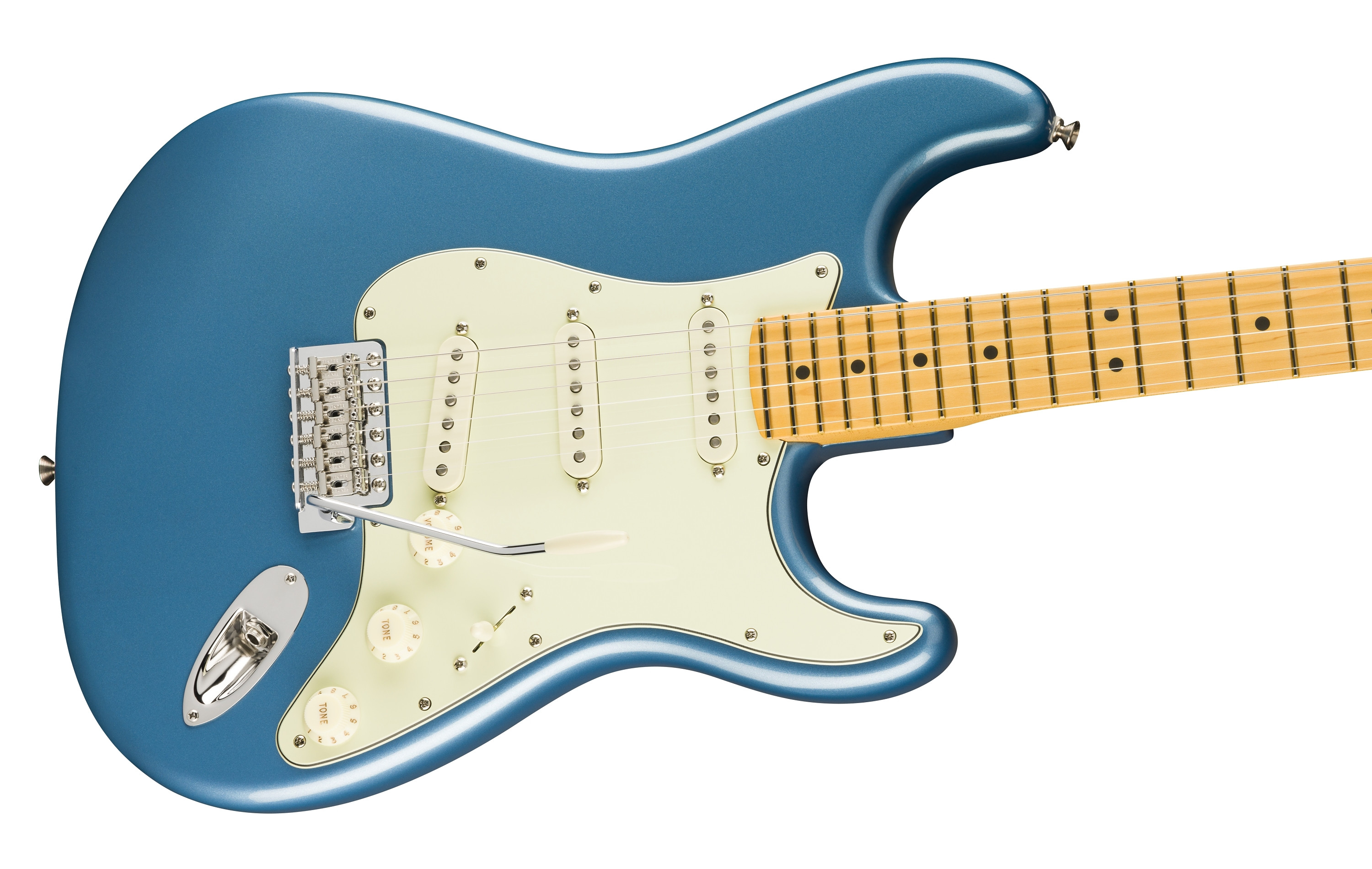
American Professional Classic Stratocaster in Faded Lake Placid Blue
With this new range, that iconography continues. The American Professional Classic series is ‘kind of a little brother to the American Professional series’, explains Abbassi. He’s standing, cradling one of the box-fresh new instruments, shiny racks of others behind him, in a demonstration space outside a Fender HQ meeting room labelled ‘Johnny Marr’ (one of the company’s ambassadors).
‘The “Classic” part is that all these guitars have a vintage vibe to them. In the 1950s and 1960s, Fender used very specific parts and styles of pick-ups. All these guitars represent that very well – they have vintage-style bridges and tuners. So they have this really beautiful, bell-like, chime-y sound that Fender’s known for,’ he says, pealing out a chord. ‘All the instruments are very personal,’ Abbassi adds. ‘They can be used for virtually any kind of music, from rock to funk to blues to punk.’
‘These are road-worthy, ready-for-the-stage guitars that you could grab right off the hook [in] a store and go right to a gig and play’
Allen Abbassi, director of Product Management at Fender Musical Instruments Corporation
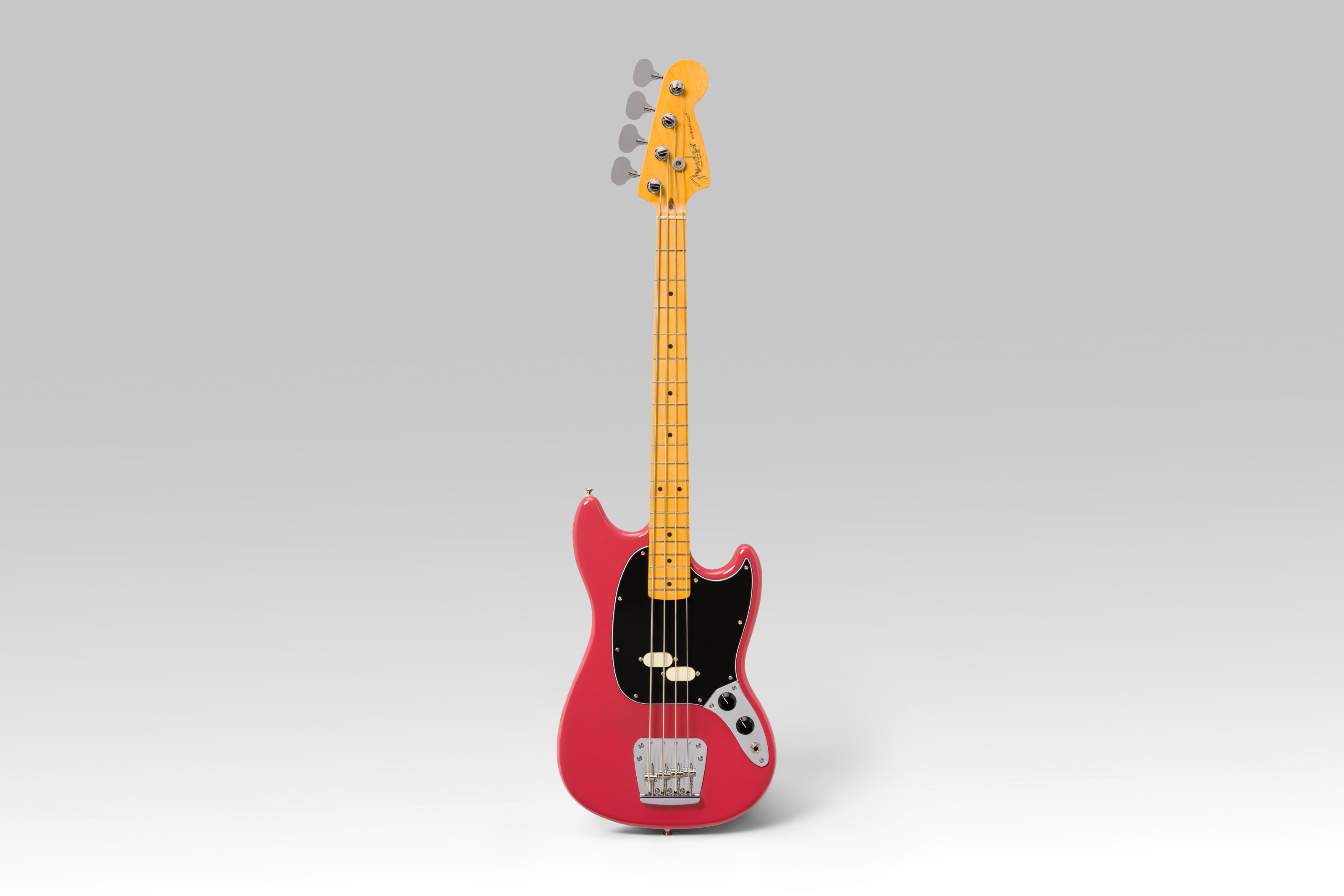
American Professional Classic Mustang Bass in Faded Dakota Red
And they’re ready to rock. For all their design studio beauty, with a (relatively) accessible starting price-point of $1,499.99/£1,499 (€1,799, AUD2,599, ¥242,000), ‘these are road-worthy, ready-for-the-stage guitars that you could grab right off the hook [in] a store and go right to a gig and play’.
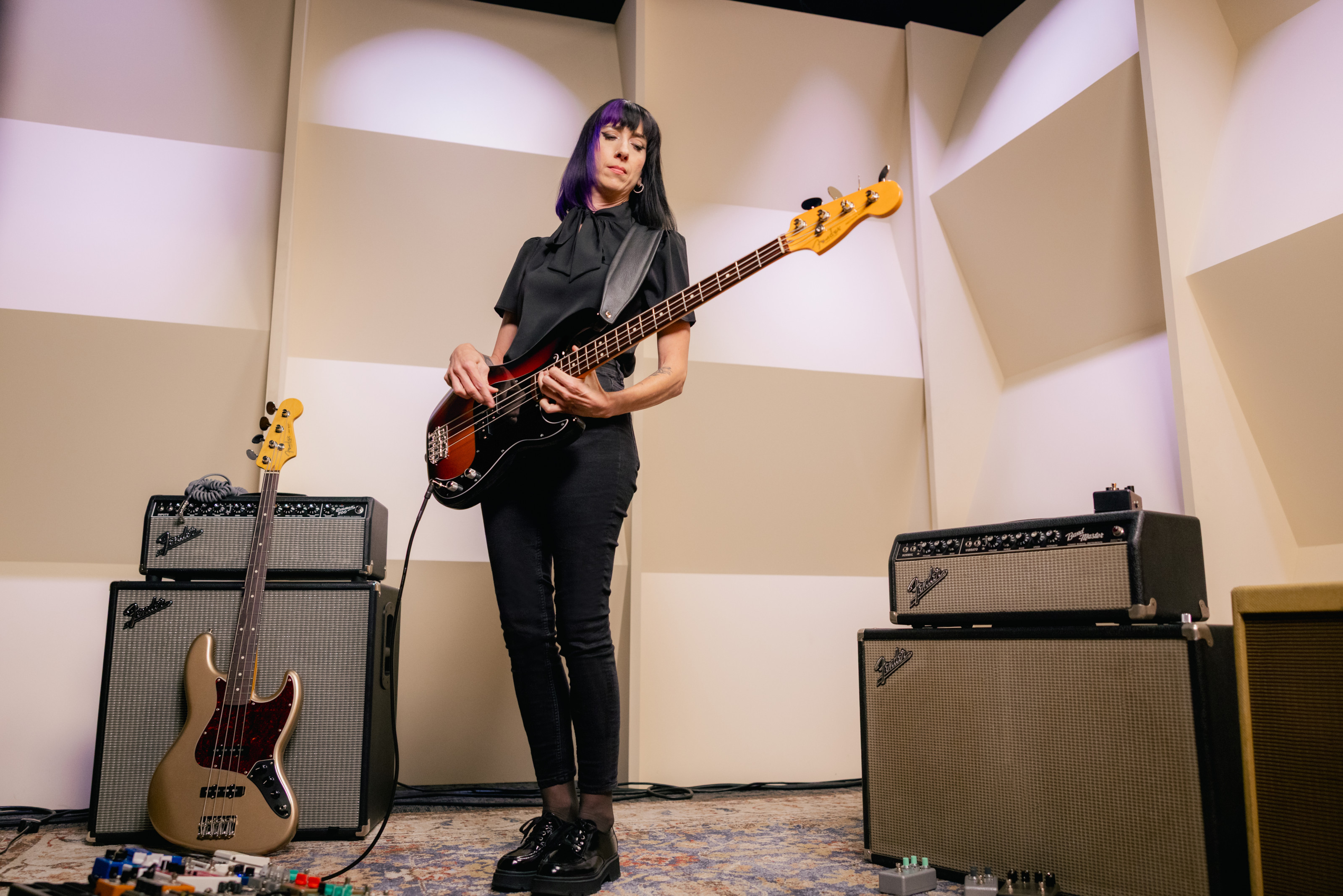
Eve Gardner plays the Fender Pro American Classic Precision bass
That vintage DNA is equally represented in the new series’ look. The colourways are also heritage: in the mid-20th century, Fender ‘borrowed’ from American car companies, spraying exactly the same lacquer paint on their guitars. ‘Lake Placid Blue Metallic was probably on some old Ford,’ says Abbassi. ‘Firemist Gold, Sherwood Green Metallic – these are all colours from the 1950s and 1960s.’
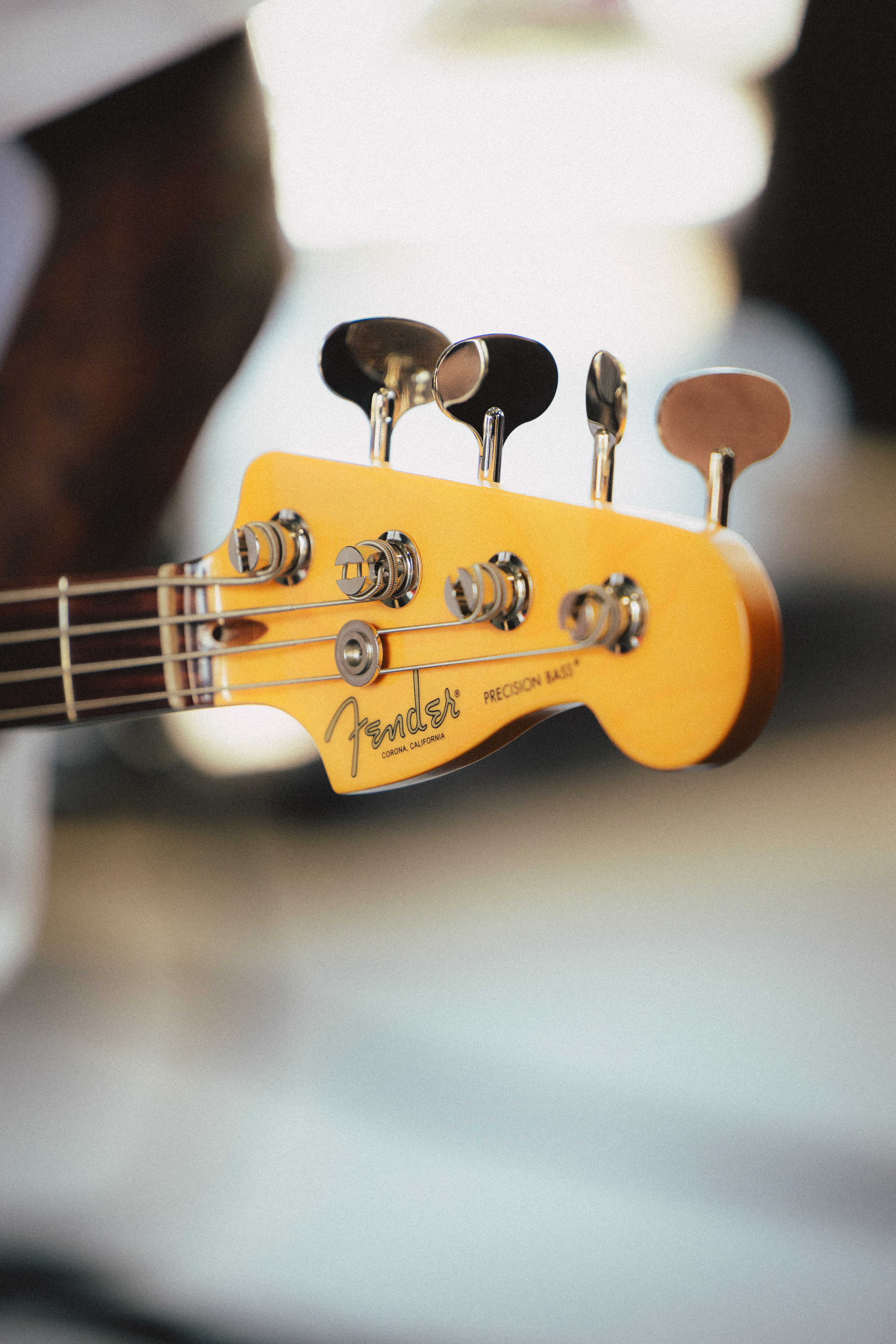
Fender Precision Bass
To put a contemporary spin on these heritage hues (which also include Dakota Red, Butterscotch Blonde and what Abbassi accurately describes as ‘the most ubiquitous and fan-favourite Fender colour of all time’, 3-Colour Sunburst), Fender has, paradoxically, found something ‘new and exciting’ by fading some of them, just as those old automobile lacquer paints would have faded.
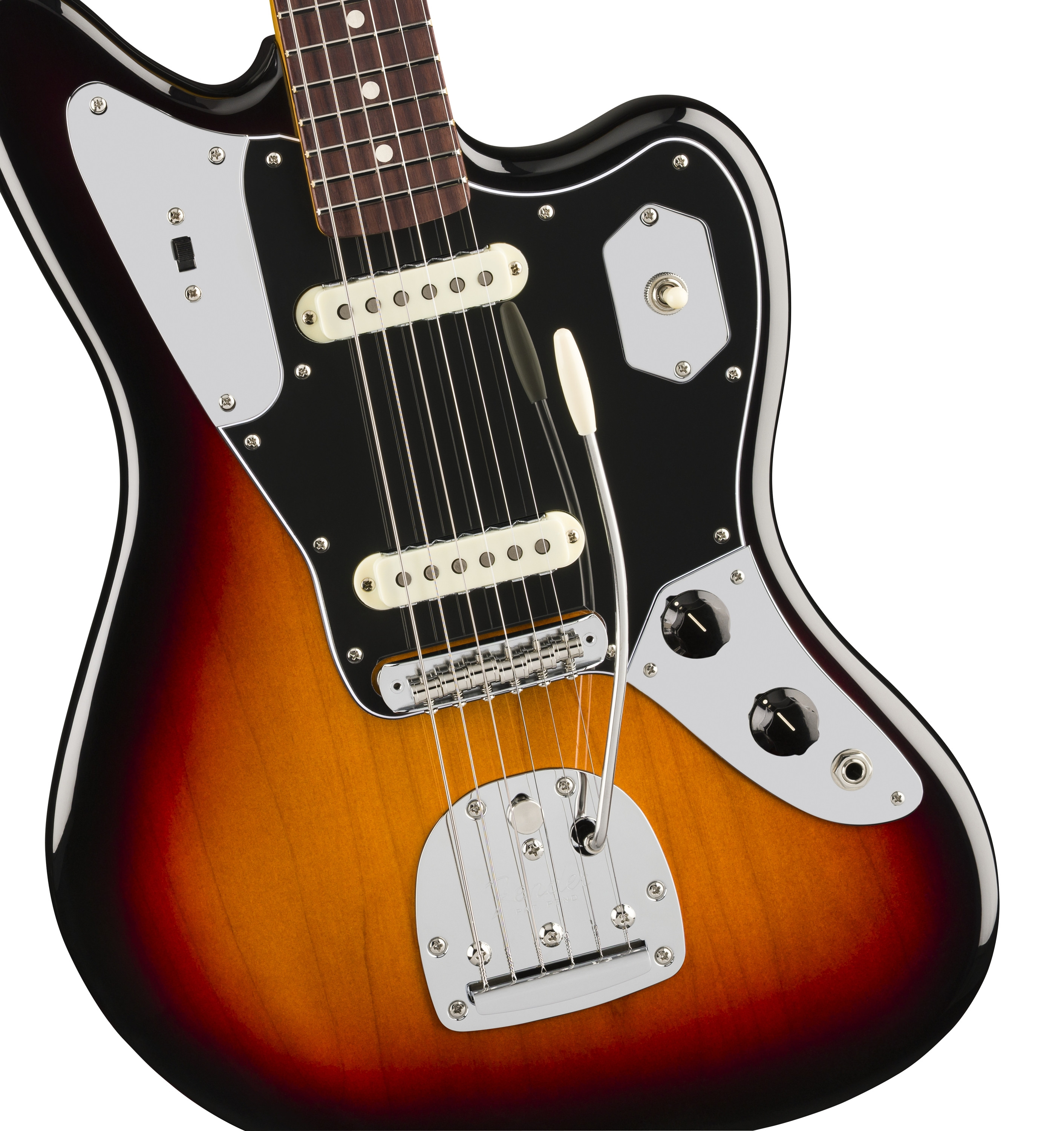
Fender American Professional Classic Jaguar in 3-Colour Sunburst finish
The team researched washed-out, 70-year-old guitars online and at storied dealers such as Norman’s Rare Guitars in Tarzana, California. Then they chose the hues they wanted, finessing those with paint company TCP, with ‘samples flying back and forth’ (‘make it five per cent darker’); it sometimes taking ‘eight to ten versions’ to arrive at the right shade.
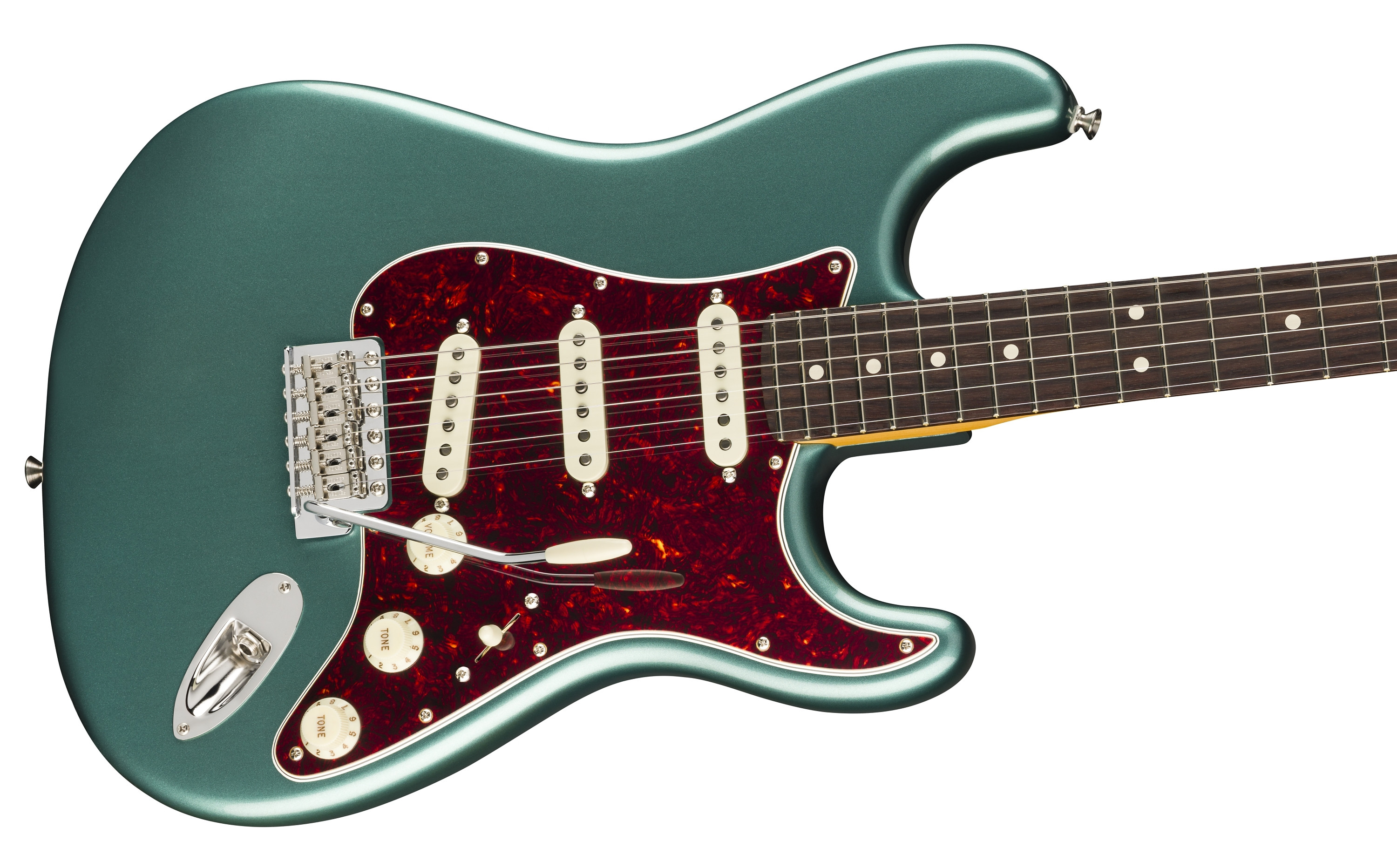
Fender Stratocaster in Sherwood Green Metallic
‘So they have almost a patina to them. For instance, this [Stratocaster] HSS strap here,’ continues Abbassi, pointing to another instrument, ‘is a Faded Black. It’s almost like a beautiful, blue-hued charcoal.’
‘Or an old T-shirt,’ chimes in Joey Brasler, VP of Product Management, with a grin. ‘That’s what it’s supposed to be.’ Explaining further, he says: ‘Justin’s the one that came up with the faded black. He ran to his office and came back with – literally – an old T-shirt. So we took pictures of it…’
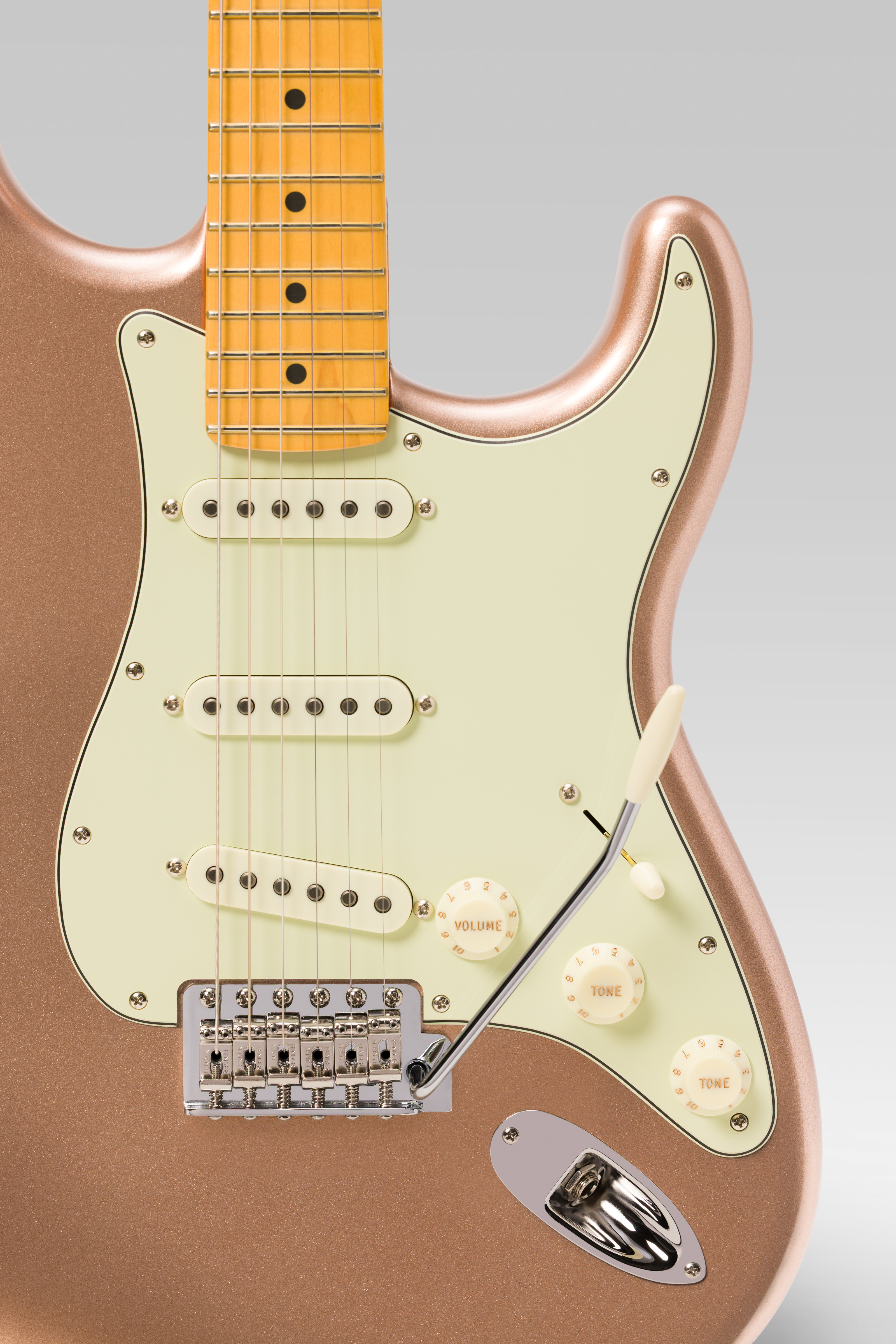
Fender American Professional Classic Stratocaster in Faded Firemist Gold
‘I have a vintage black Clash T-shirt that I bought in Tokyo,’ says Norvell, sat at his desk in front of a Shepard Fairey stencil rendering of Joe Strummer, another previous Fender collaborator. ‘It’s the idea that a brand-new black T-shirt isn’t the same as a faded, worn one. It’s that aesthetic [that speaks to the fact that] so many of our instruments are heirlooms. They live for decades. People are still playing ones from the 1950s. A lot of your favourite artists are still playing the guitar they had forever. How do you imbue the age into something, but without necessarily really beating it up? So it was the idea of ageing these vintage colours… How can we reinterpret them… in a new way that is still aesthetically comfortable?’
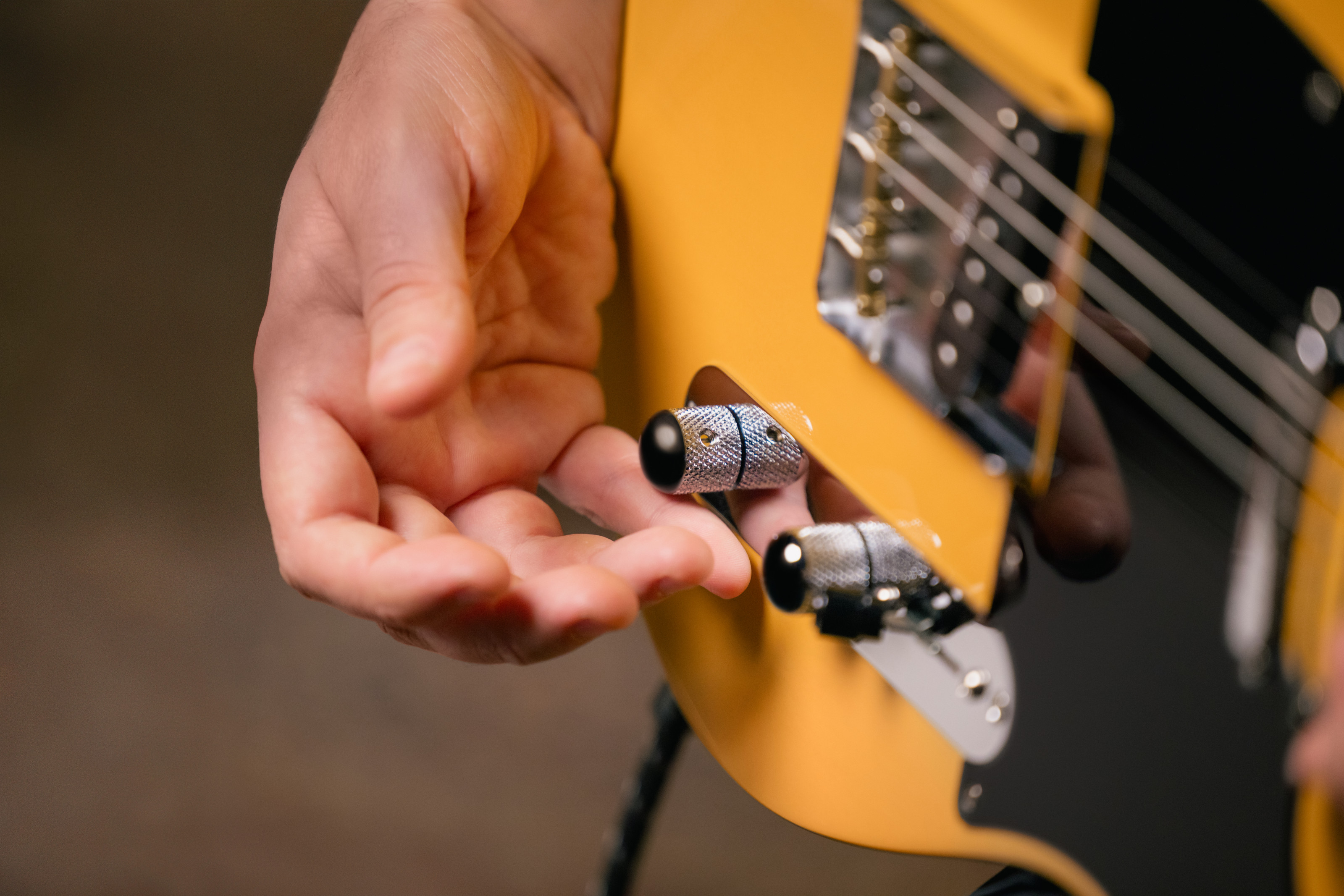
Fender American Professional Classic Telecaster in Butterscotch Blonde
All that vintaging? It’s about evoking serious use and serious love. These are not museum pieces, or art pieces. They’re certainly artful, but of fundamental importance is the guitars having both utility and a baked-in, respectful feel of heritage. As Norvell puts it: ‘The history of Fender is littered with cultural moments that are the soundtrack of people’s lives – whether that’s Buddy Holly on The Ed Sullivan Show, The Beatles on the [Savile Row] rooftop, [The Clash’s] London Calling, or Hendrix playing ‘The Star-Spangled Banner’ at Woodstock or lighting his guitar on fire [at the Monterey Pop Festival in 1967].
‘This culture map of music is inexorably linked to Fender,’ the exec continues. ‘So harkening to the past in that aesthetic way makes a lot of sense – and puts you more in touch with that past. Things that are classic or vintage, we don’t view as necessarily just old. They’re the icons that are timeless, not just timely.’
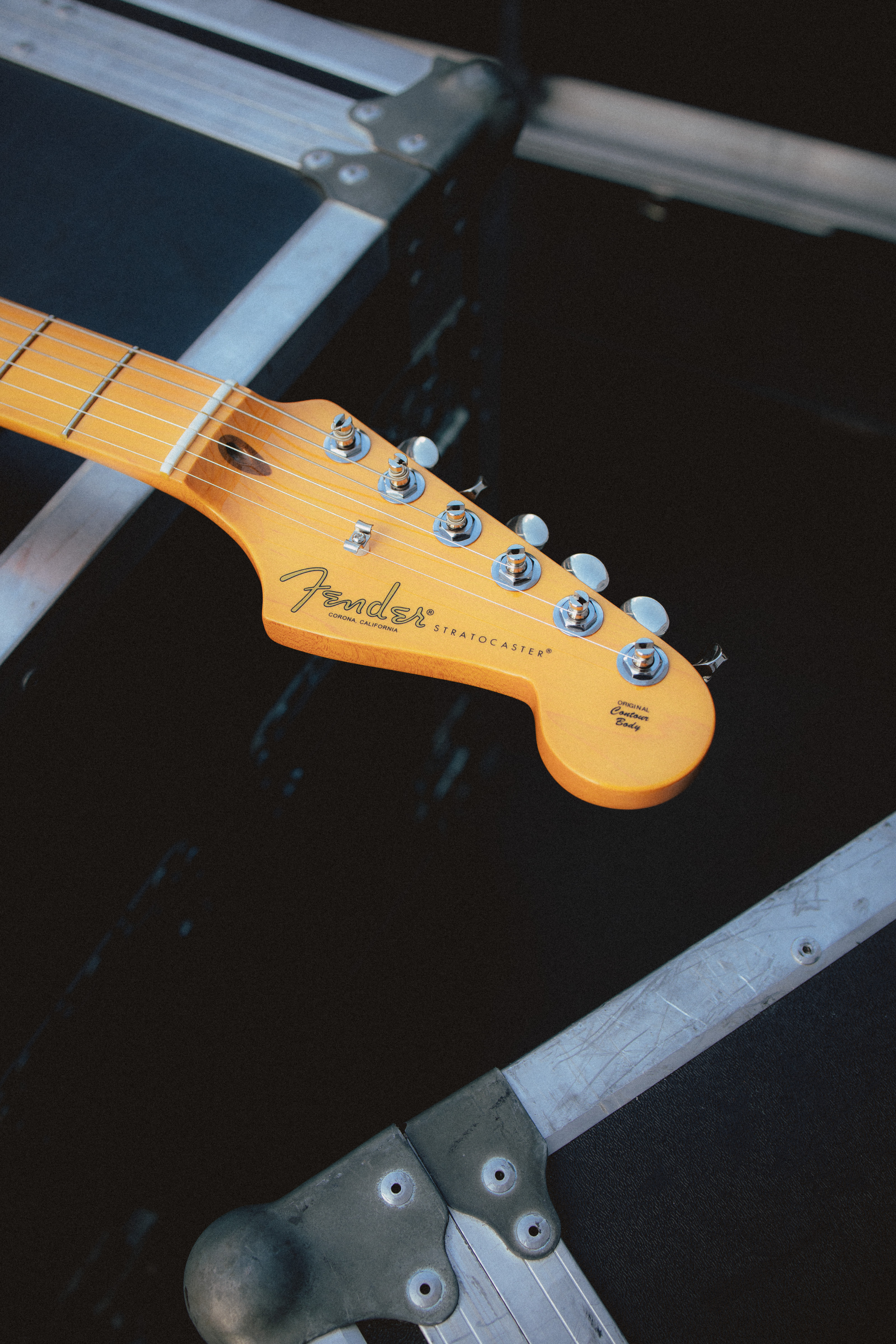
The much-imitated Fender Stratocaster headstock
That timeliness is working in other ways, too. After years when guitar music – whether hard rock, indie or pop-leaning – has felt moribund and, frankly, unfashionable, there’s a resurgence afoot.
That’s embodied in younger British artists such as this week’s Mercury Music Prize winner Sam (no relation) Fender and The Last Dinner Party, and in insurgent American acts such as Geese or Turnstile, the latter the Baltimore hardcore outfit who are fronting the American Pro Classic campaign. It’s embodied, too, in the widening appeal, outside the US, of country music – a sound that’s embodied by the Telecaster.
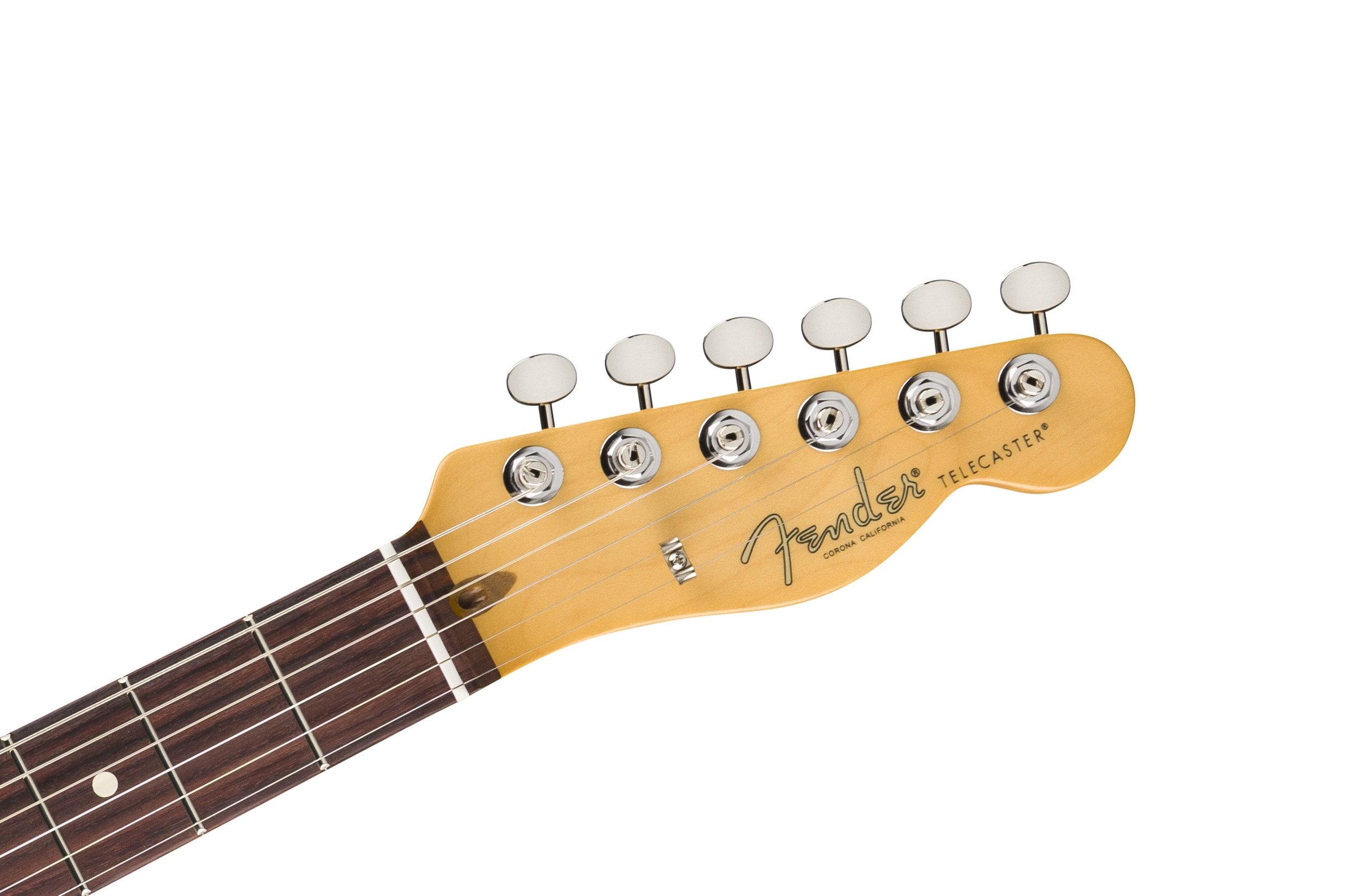
The distinctive shape of the Fender Telecaster headstock
‘Country’s been huge,’ acknowledges Norvell, adding that that’s certainly been good for FMIC business. But he also cites ‘pop artists choosing to grab guitars, like Olivia Rodrigo’, plus artists who are ‘bubbling up – you can feel that there’s a groundswell occurring. There are small things, too – the shoegaze revival, nu-metal revival – [where] you can feel the guitar tide level is coming up. But also,’ he adds with a defiant, true-believer flourish, ‘it never went away.’
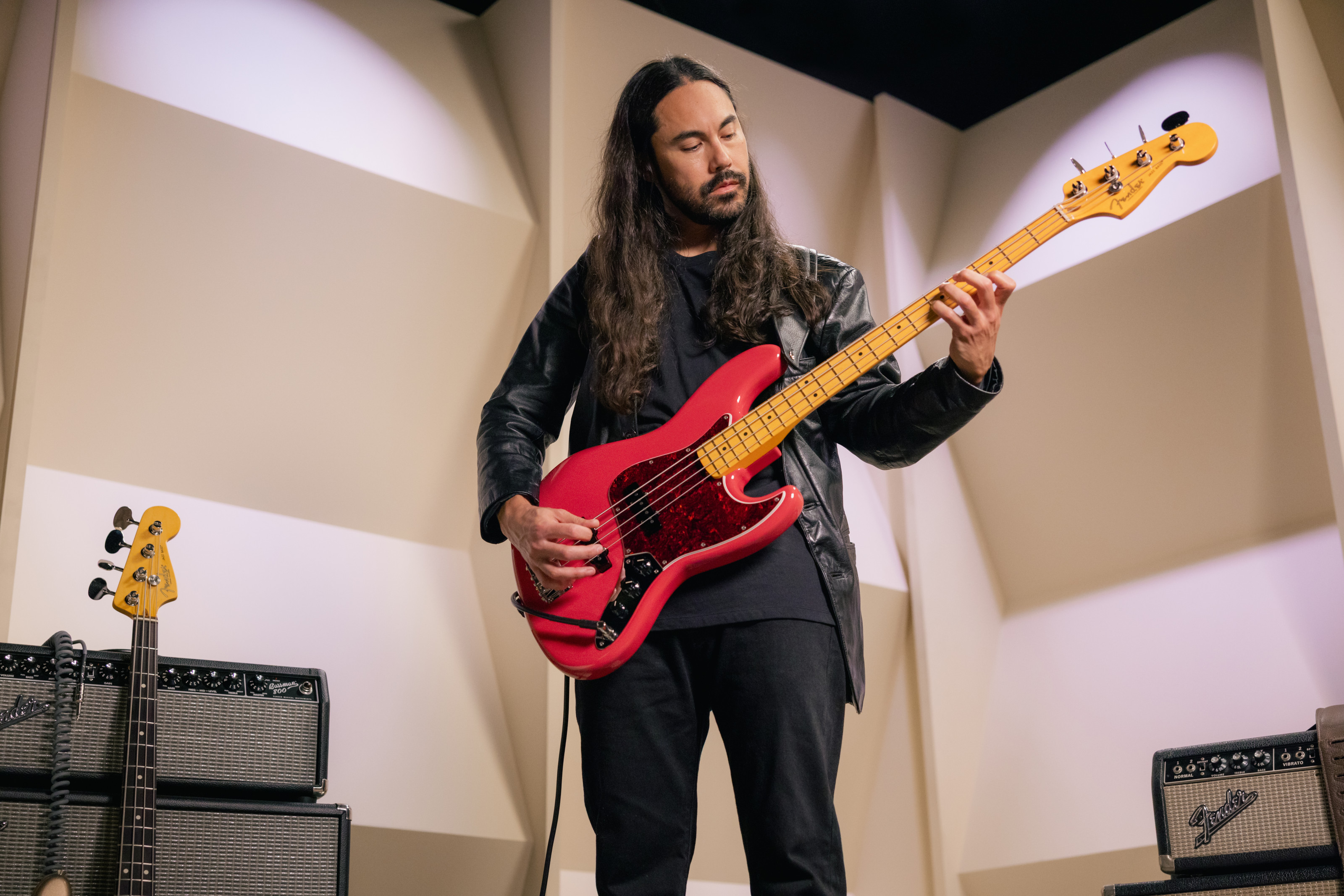
Josh Moreau plays the Fender Jazz Bass
‘You can sense that the guitar is entering another cycle of relevance and coolness’
Justin Norvell, president of Fender’s Americas division
And of course, this is also the year of the world-wowing Oasis comeback tour. Post-Live ’25, does this music obsessive – who is, naturally, himself a guitarist, his own cherished instruments propped against the wall in his office – think we’ll see a generational bounce of new players? He nods.
‘[With] all of these bands that have dusted it off and come back out, the Gen X-ers are bringing the kids,’ Norvell says – an observable fact to which anyone who witnessed the enraptured, all-ages audiences at this summer’s Oasis shows around the world can attest. ‘But the kids have grown up on this stuff, too. And are inspired by it. It’s definitely something we’re hopeful of – and it feels like it’s happening. You can sense that the guitar is entering another cycle of relevance and coolness.’
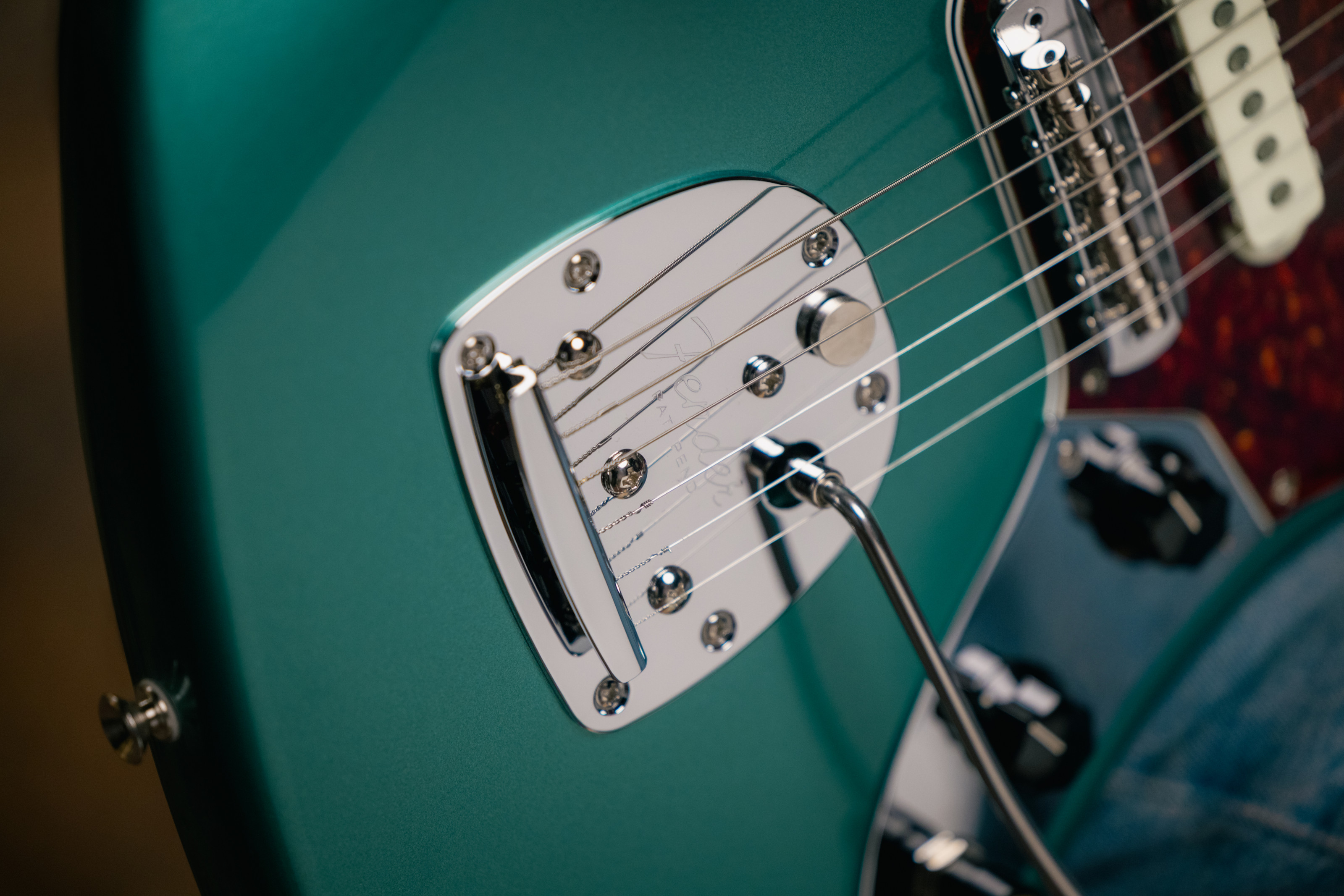
Fender American Professional Classic Jazzmaster in Faded Sherwood Green Metallic
The Fender American Professional Classic Series is available globally now. For more information, please visit Fender.com, @Fender
London-based Scot, the writer Craig McLean is consultant editor at The Face and contributes to The Daily Telegraph, Esquire, The Observer Magazine and the London Evening Standard, among other titles. He was ghostwriter for Phil Collins' bestselling memoir Not Dead Yet.
-
 Jaipur is having a creative renaissance – visit the Pink City reimagined
Jaipur is having a creative renaissance – visit the Pink City reimaginedHow Jaipur’s artisans, designers, and cultural pioneers are building on its heritage to transform a historic capital into a modern powerhouse of creativity
-
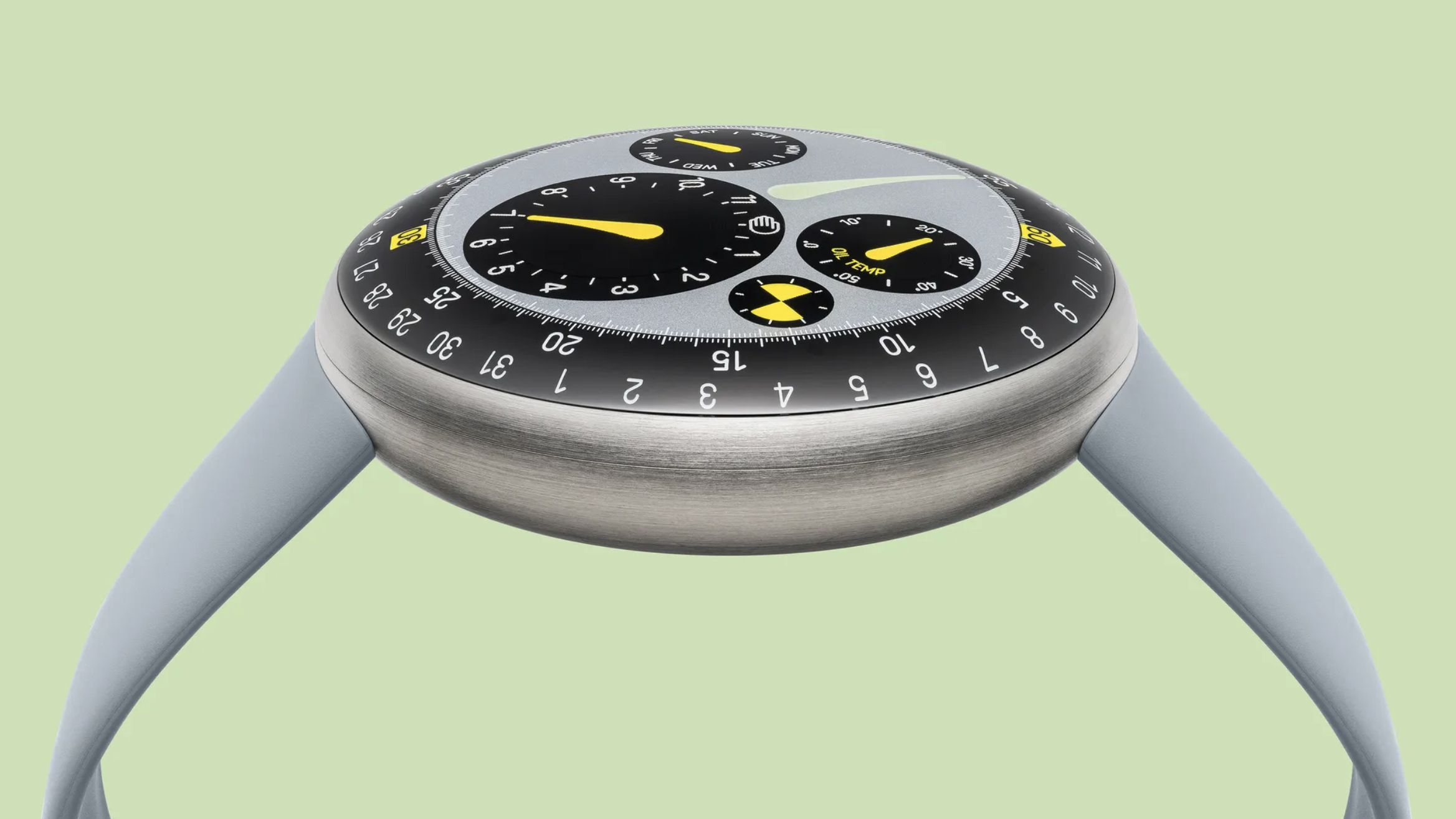 Take an exclusive look inside Marc Newson and Ressence’s new watch collaboration
Take an exclusive look inside Marc Newson and Ressence’s new watch collaborationA serendipitous collaboration between innovative watch brand Ressence and Marc Newson dials up on the industrial designer’s earlier cult offerings
-
 The Christmas wishlist of an interiors-obsessed Wallpaper* writer
The Christmas wishlist of an interiors-obsessed Wallpaper* writer2026 will be the year I finally finish furnishing my home – ideally with this selection of covetable furniture and accessories from studios and designers that inspire me endlessly
-
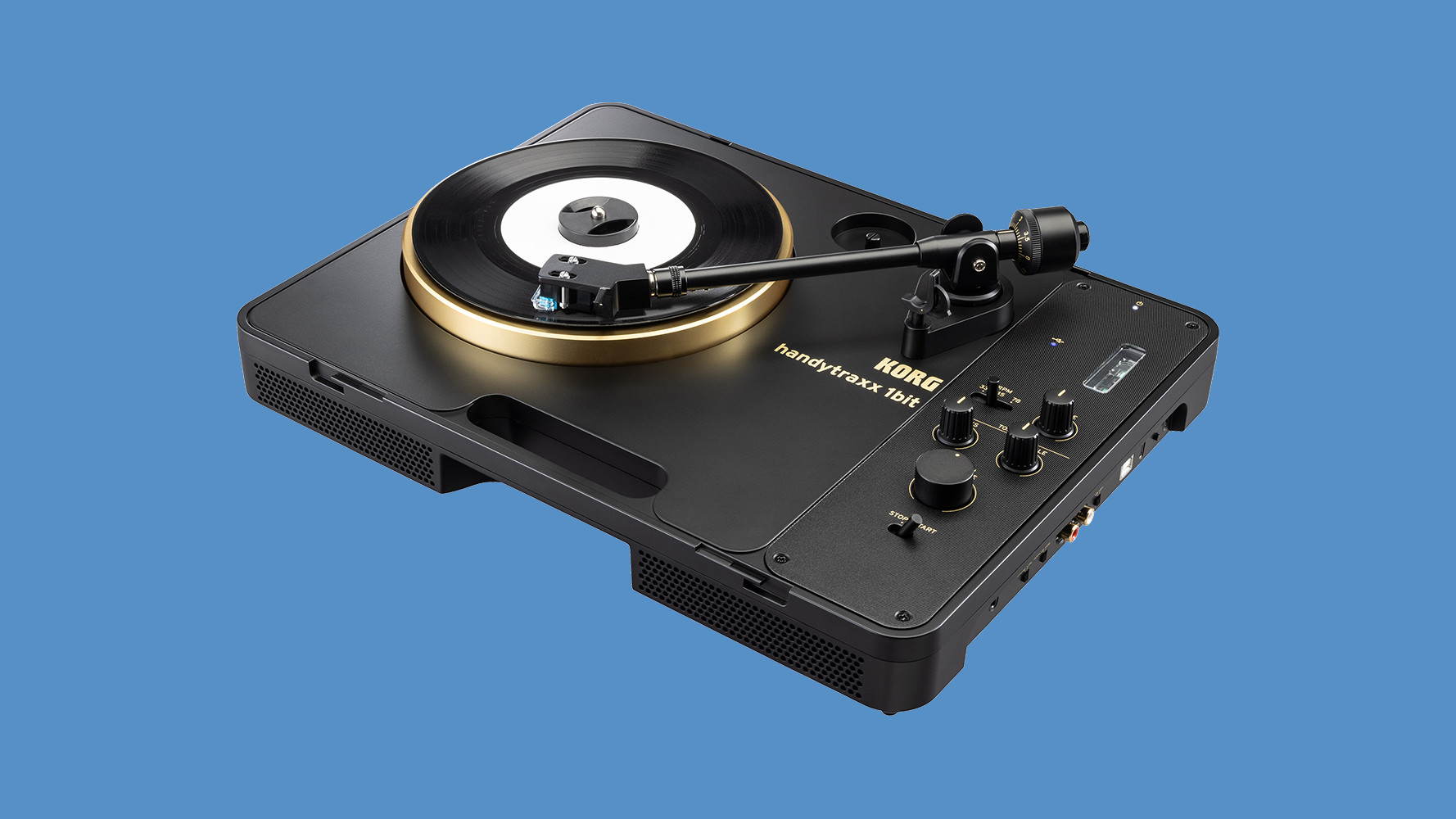 NAMM 2025: 10 takeaways from the world's most important music show
NAMM 2025: 10 takeaways from the world's most important music showCalifornia's annual NAMM show brings musical instrument manufacturers big and small to show off their latest wares and audio innovations. Here are ten of the best from 2025
-
 Yves Béhar describes his approach to design, built around a core of sustainable processes and positive social impact
Yves Béhar describes his approach to design, built around a core of sustainable processes and positive social impactYves Béhar is the Swiss-born American founder of Fuseproject, a San Francisco-based multidisciplinary design studio with an outpost in Lisbon. Béhar's work is held in collections at both MoMA and SFMoMA and includes everything from mobility design to medical technology, robotics and high tech start-ups
-
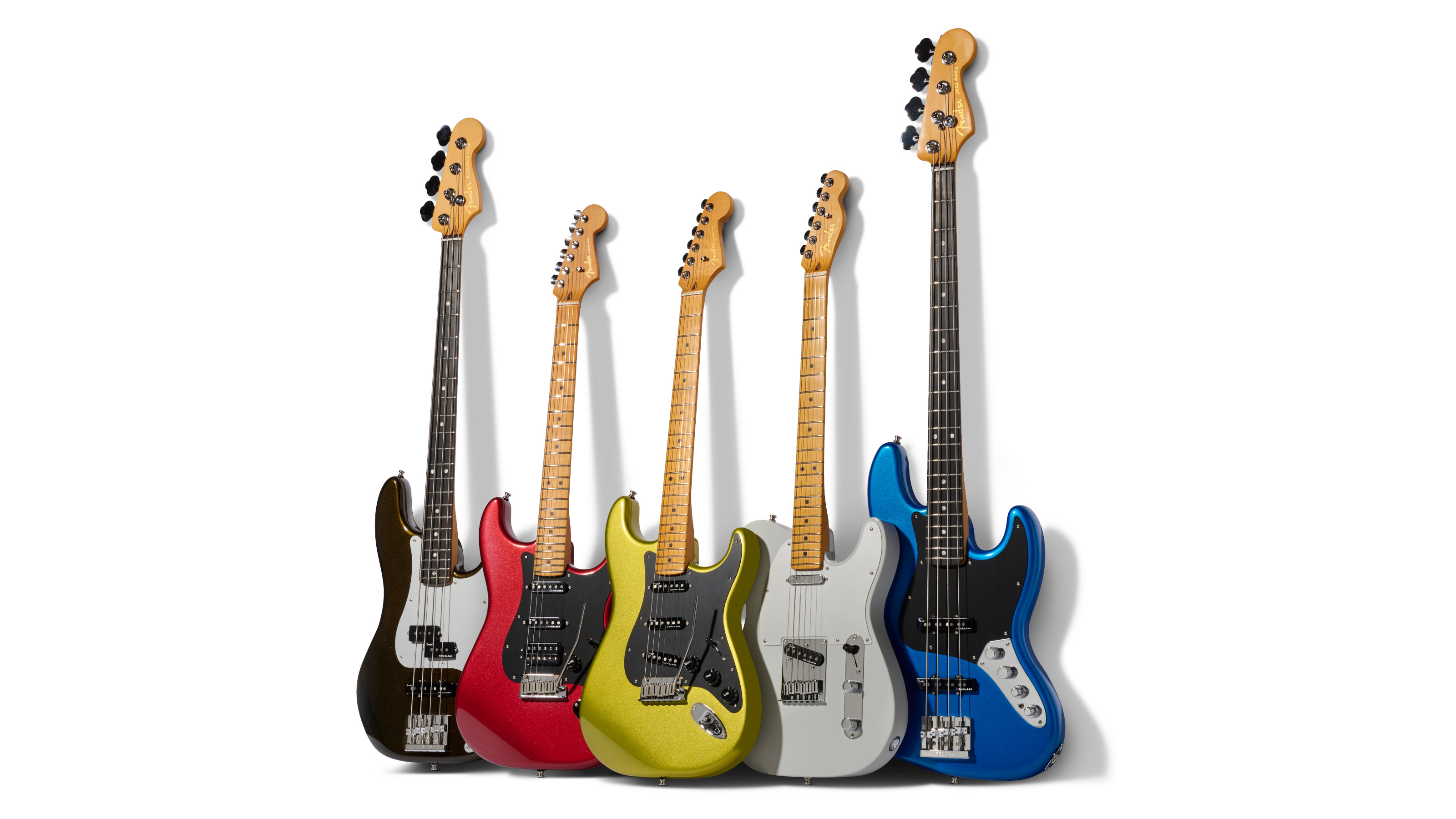 The Fender American Ultra II combine made-in-the-US quality with contemporary tech
The Fender American Ultra II combine made-in-the-US quality with contemporary techA deluge of new products from Fender shows the iconic guitar manufacturer still knows how to innovate and entice
-
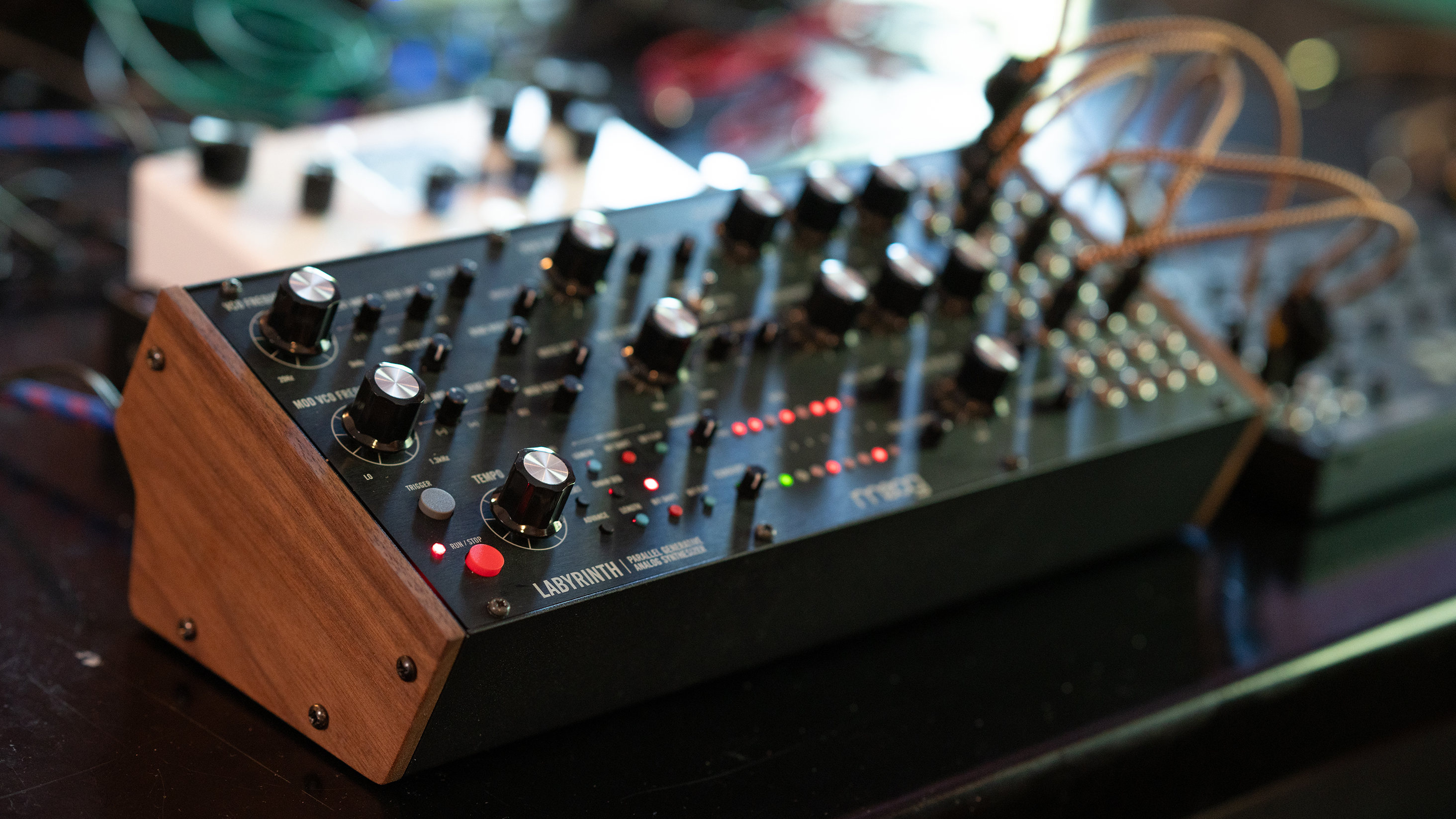 Moog’s mood-altering Labyrinth and five more new synthesizers and sound tools
Moog’s mood-altering Labyrinth and five more new synthesizers and sound toolsExplore soundscapes and ambient realms with these new synthesizers and other desktop composition tools for shaping all forms of audio
-
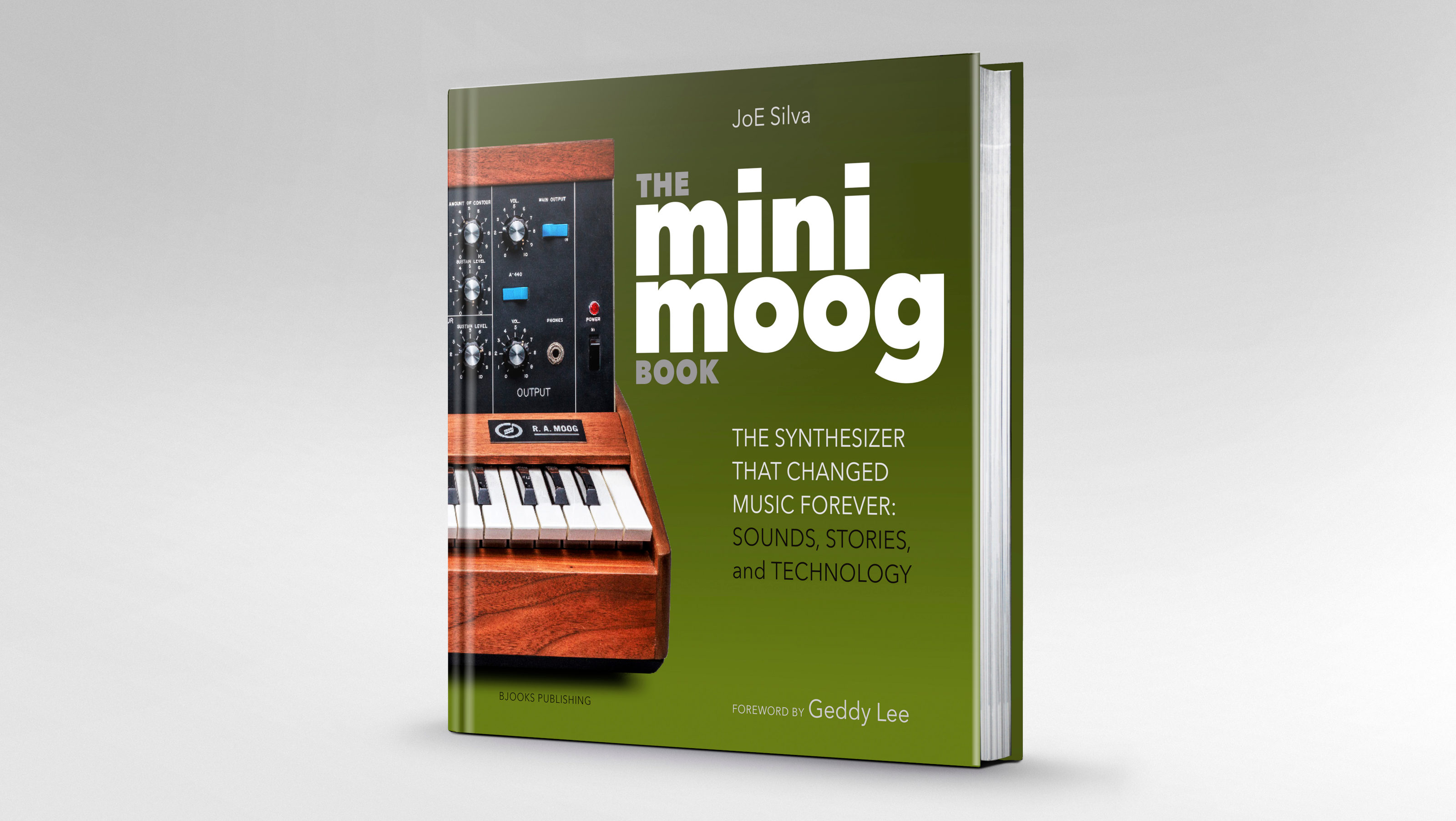 From Tangerine Dream to cult PlayStation hits, eight books chronicling the art of noise and play
From Tangerine Dream to cult PlayStation hits, eight books chronicling the art of noise and playWe explore eight titles that get under the skin of music history, technological evolution and the art and experience of digital culture
-
 San Diego-based audio specialists Wrensilva update their elegant Record Consoles
San Diego-based audio specialists Wrensilva update their elegant Record ConsolesWith new materials, upgraded electronics and input from three industry greats, the new Wrensilva Standard and M1 Record Consoles are the ultimate in audiophile furniture
-
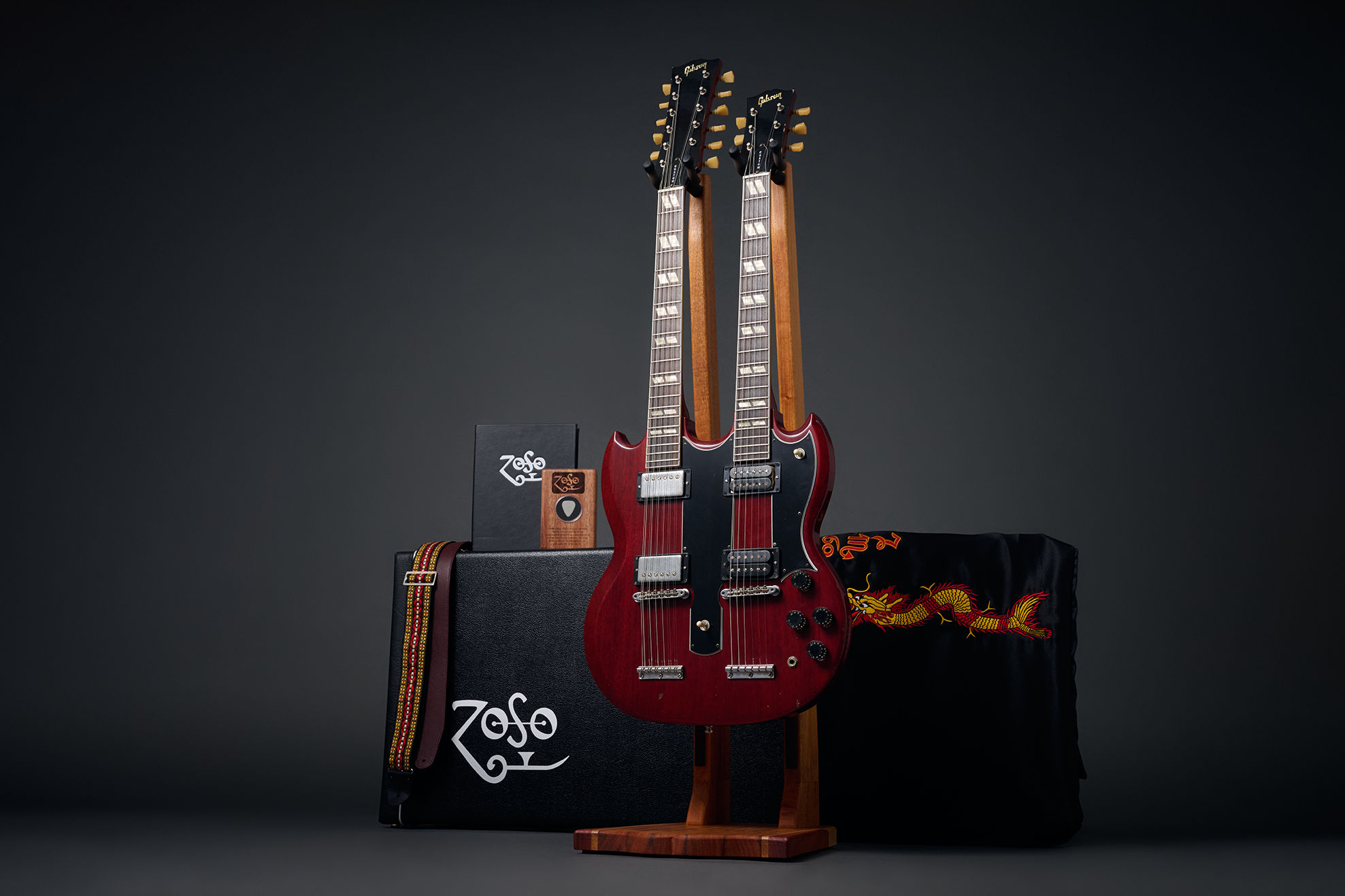 A new limited-edition Rhodes piano and Gibson doubleneck guitar aim for the stars
A new limited-edition Rhodes piano and Gibson doubleneck guitar aim for the starsThe new Rhodes Mk8 Earth Edition piano and Gibson Jimmy Page EDS-1275 Doubleneck guitar revisit classic instruments at a price
-
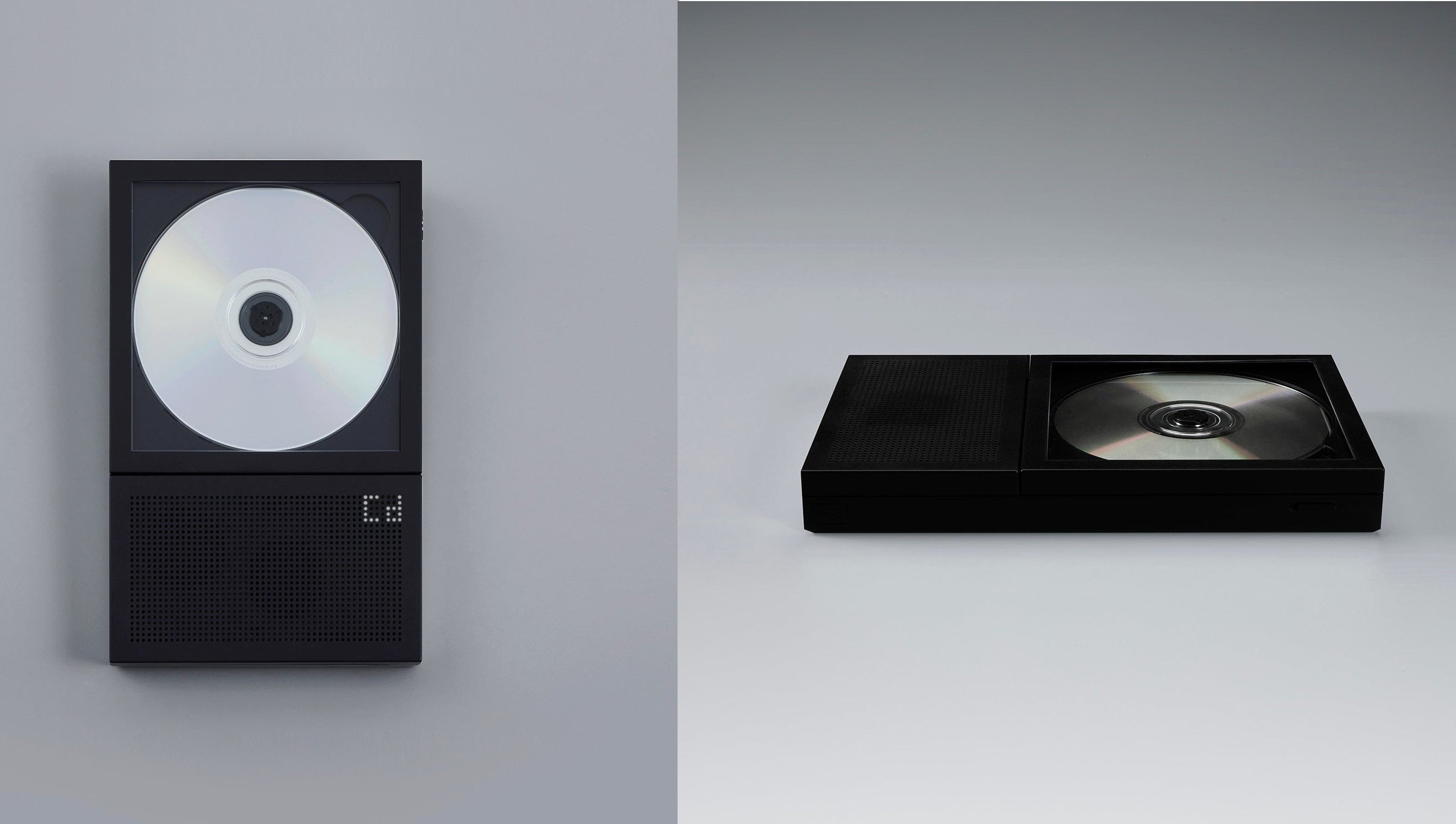 20 of the best CD players as the compact disc comeback continues
20 of the best CD players as the compact disc comeback continuesWe expand our guide to the best compact disc players with a fresh selection of good looking and great sounding models